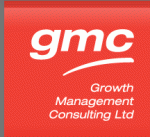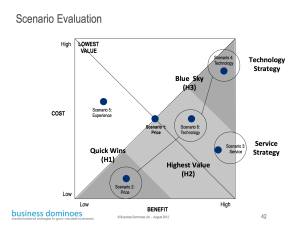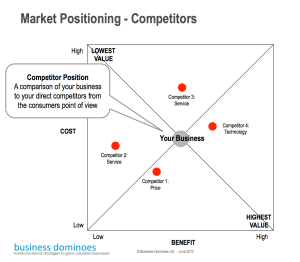 The make / buy /partner decision is one of the key decisions in growing your business. Forming effective strategic partnerships or alliances can be the quickest way to grow your business and reduce risk. Unfortunately “not all that glitters is gold”
The make / buy /partner decision is one of the key decisions in growing your business. Forming effective strategic partnerships or alliances can be the quickest way to grow your business and reduce risk. Unfortunately “not all that glitters is gold”
By their very nature strategic deals typically have significant upside if executed well and like wise catastrophic side effects if they fail. Some examples of strategic partnerships may be: outsourcing manufacturing, trading equity or market territory in lieu of cash payment or selling compatible products into the same end market.
Strategic Partner Success = Shared Vision + Shared Risk + Optimised Resource Deployment + Shared Rewards + Clear Agreements
5 mistakes to avoid:
- They should be a supplier/distributor not a strategic partner In the rush to grow the business you sign up a supplier or distributor as a strategic partner and in doing so agree terms that hinder your business in the long term. Make sure you pick both the type of partner and actual partner with some fore thought keeping in mind the bigger picture, including your eventual acquirer. Make sure they are bringing competencies and assets to the table that are complementary and not core to your business. The business model canvas can help here.
- No written agreement / agreement with no teeth Take the time to document your relationship and commercial terms from the beginning, don’t assume anything. The mandatory first step is a simple Heads Of Agreement (HOA) – you can do this yourself. As the relationship progresses or the magnitude or risk increases, shift to a formal legal agreement. Make sure you cover: what each partner wants from the relationship, intellectual property, who owns customers, what happens if the partnership is dissolved and of course commercial terms. Make sure the signatory is the guy who writes the cheques, i.e has the authority to pay the bills.
- Missing shared vision – brand / values misaligned Fundamental to a synergistic relationship is that your visions and philosophies are aligned and compatible. Document key drivers for the partnership in the HOA. Acknowledge power/risk differences as it’s rare it will be a 50/50 relationship.
- Partnership management – over dependence on single point of contact
When dealing with large companies or non owner manager companies make sure you have at least 3 points of contact into their business and vice versa. People move on, personalities get in the way and it is great to ensure your relationship will out live a staff change or spat. Put in place a mechanism to escalate and deal with issues and regularly review the partnership agreement. - No clear KPI’s or Exit path Document how success and failure is measured. Success maybe, profitability, market share, avoiding distraction of non value add services.
The prenuptial part of your agreement is the most important part, including how you will terminate the agreement, the right to work with / appoint competing parties etc. Do not forget to include in your thinking what happens when you get acquired.
Risk Management Successful partnerships are all about managing risk. Make sure you spend time to do a risk assessment before jumping in. My no.1 piece of advise is consult a 3rd party to challenge your business logic before forming or signing anything.
Risk = (Likelihood of an event) x (Impact)
If you would like a hand to review your strategic relationship plans give Growth Management Consulting (GMC) a call.
GMC also facilitate business planning/strategy sessions, prepare companies for investment and develop/coach business pitches















